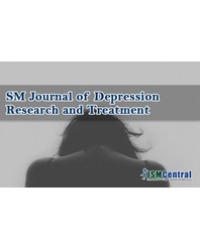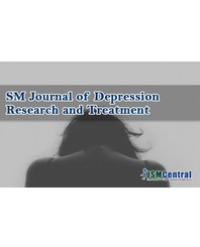Background: Despite a long history of debate regarding subtypes of depression, there have been no attempts to examine subtypes of Postnatal Depression (PND) on the basis of symptom profiles.
Method: 413 mothers admitted to a residential program for unsettled infant behaviour completed a structured clinical interview for current and lifetime depressive and anxiety disorder diagnosis, self-report symptom measures and a range of self-report questionnaires relating to known depression risk/vulnerability factors. From this larger sample, a ‘depressed’ subsample (n = 159) was selected on the basis of interview and symptom-based questionnaire data.
Results: Five symptom-based factors were identified (‘cognitive features of depression’, ‘physiological features of anxiety’, ‘emotional / affective features of depression’, ‘cognitive features of anxiety’ and ‘fatigue’). Three clusters differing in terms of depressive symptom severity were identified, with the severest cluster also being characterized by elevated levels of anxiety. There were no differences between the clusters with respect to the type of symptoms reported or vulnerability / risk factors.
Conclusion: This study found no evidence of qualitatively distinct symptom-based subtypes of PND, therefore adding to the growing body of evidence suggesting that depression is a uni-dimensional construct.
Jane Kohlhoff¹, Margaret Charles², Louise Sharpe², and Stephen Matthey³





